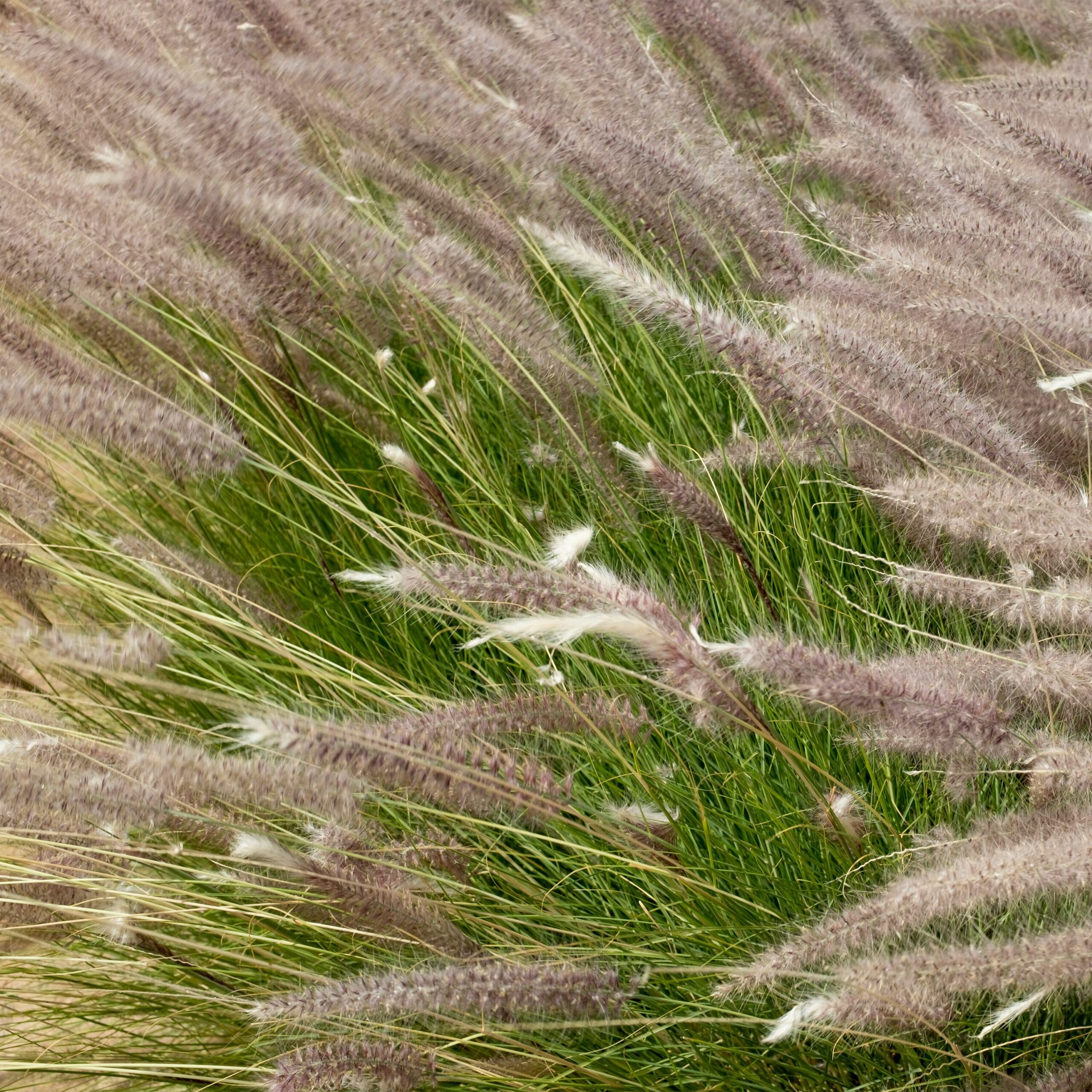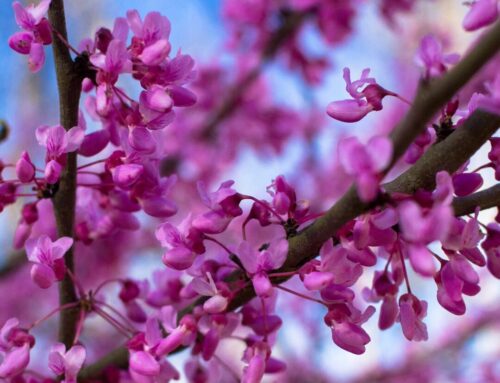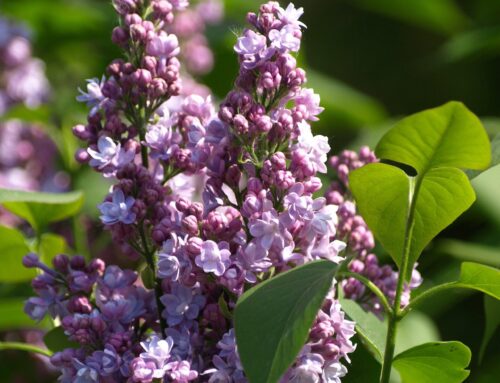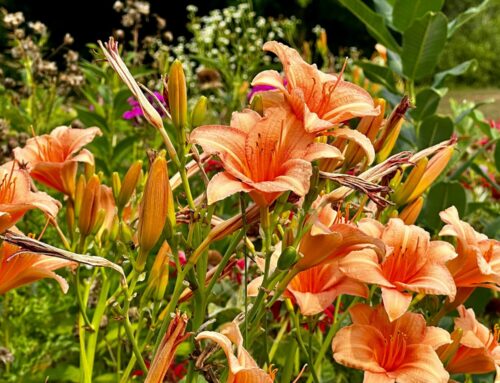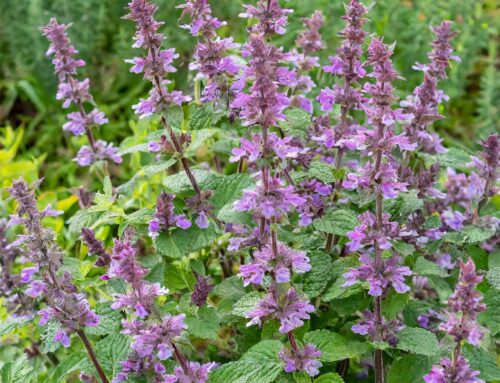The genus Pennisetum encompasses a diverse group of ornamental grasses known for their graceful, fountain-like foliage and versatile applications in horticulture and landscaping. The bursting growth habit of these grasses has earned them the common name “fountaingrass.” Pennisetum spans across tropical, subtropical, and temperate regions worldwide. Renowned for its graceful arching habit and feathery inflorescences, fountaingrass has captured the admiration of horticulturists, landscapers, and garden enthusiasts alike.
Botanical Background:
- The genus Pennisetum belongs to the Poaceae family and encompasses approximately 140 species of perennial grasses native to Africa and Asia.
- Pennisetum species are characterized by their tufted or clump-forming growth habit and possess slender, linear leaves that often exhibit a striking array of colors.
- During the summer and autumn months, Pennisetum species produce cylindrical or bottlebrush-like flower spikes borne atop slender stems, resembling arching plumes or cascades.
Historic Significance:
- Fountaingrass was brought from Africa and Asia into the U.S. in the late 1800’s.
- Once brought into Europe and America, the desire for fountaingrass as an ornamental plant skyrocketed.
Medicinal Use:
- Selected Pennisetum species possess medicinal properties, including anti-inflammatory, antimicrobial, and diuretic attributes.
Horticultural Delight:
- Fountaingrasses are highly prized for their ornamental value and are widely cultivated for use in gardens, landscapes, and containers.
- Their graceful foliage and airy inflorescences provide textural contrast and visual interest, making them versatile components in mixed borders, mass plantings, and specimen displays.
- With a diverse array of cultivars available, Pennisetum species cater to various aesthetic preferences and design schemes.
Landscape Design:
- Fountaingrass can serve as invaluable elements in landscape design, adding movement, texture, and seasonal dynamics to outdoor spaces.
- Their ability to thrive in diverse environmental conditions enhances their appeal as landscape specimens in urban, suburban, and coastal landscapes.
Cultivation and Care:
- Fountaingrasses are generally low-maintenance plants once established, thriving in well-drained soil and full sun exposure.
- Regular watering, particularly during drought periods, is recommended to ensure adequate moisture levels.
- Pruning spent flower stalks in late winter or early spring promotes vigorous regrowth and maintains tidy appearances.
- Periodic division of mature clumps helps rejuvenate the plants and prevent overcrowding, ensuring their continued health and vigor.
- Many varieties have been noted to be moderately fire resistant.
- Fountaingrass can become unmanageable and invasive in select states, so proper research must be conducted before planting certain varieties.
Environmental Benefits:
- Pennisetum species offer several environmental benefits, including soil stabilization, erosion control, and improved water infiltration.
- Their extensive root systems contribute to soil health and resilience, making them valuable components of erosion control measures and stormwater management strategies.
- Care must be taken
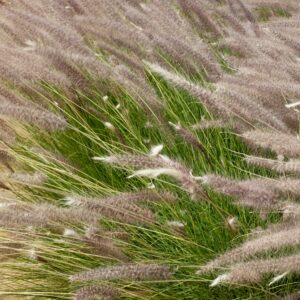 when planting fountaingrass so as not to introduce potentially invasive species.
when planting fountaingrass so as not to introduce potentially invasive species.

